Tom Blees is the author of Prescription for the Planet - The Painless Remedy for Our Energy & Environmental Crises. Tom is also the president of the Science Council for Global Initiatives. Many of the goals of SCGI, and the methods to achieve them, are elucidated in the pages of Blees's book. He is a member of the selection committee for the Global Energy Prize, considered Russia's equivalent of the Nobel Prize for energy research. His work has generated considerable interest among scientists and political figures around the world. Tom has been a consultant and advisor on energy technologies on the local, state, national, and international levels.
Fusion, Fission, and the Future
The media was buzzing recently with news that fusion research had surmounted a technological hurdle and my inbox was soon receiving multiple inquiries about its importance. While it was exciting from a technical perspective, the celebrations were premature. It will likely be many decades – if ever – before fusion provides electricity to our grids. For readers who would like a realistic view of the still daunting challenges ahead, I highly recommend this article from the website of The Bulletin of the Atomic Scientists.
At SCGI we continue to work on advancing proven fission energy in multiple ways. As a result of ongoing dialogue with some of the world’s most experienced physicists and nuclear engineers, we are a respected source of advice about both existing and proposed nuclear power systems. We have advised members of the House and Senate, utility industry organizations, and potential investors.
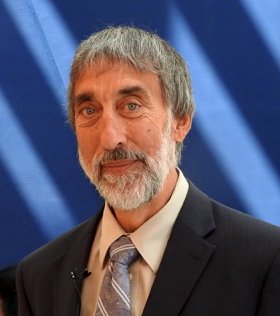 Since 2009, the Science Council for Global Initiatives has promoted advanced nuclear power systems as the key to uplifting living standards in developing countries while ameliorating the impacts of climate change globally. All three topics, international development, global warming, and nuclear power, have been increasingly prominent in the daily news during the past year. We are optimistic about the future of nuclear power.
Since 2009, the Science Council for Global Initiatives has promoted advanced nuclear power systems as the key to uplifting living standards in developing countries while ameliorating the impacts of climate change globally. All three topics, international development, global warming, and nuclear power, have been increasingly prominent in the daily news during the past year. We are optimistic about the future of nuclear power.
Last month, James Hansen, who’s been an advisor to SCGI since its inception, spoke in front of Berlin’s Brandenburg Gate about the necessity of prioritizing nuclear energy. He challenged Germany to abandon its plans to close down nuclear power plants instead of fossil fuel power plants in its energy transition. He criticized their efforts to have nuclear energy classified as less clean and less sustainable than fossil fuels.
Dr. Hansen’s bold speech was indicative of a long-awaited shift in attitudes toward nuclear power. Although the Cold War generation continues to lead many of the world’s environmental NGOs, the conflation of nuclear war and nuclear power that so long animated them is far less cogent to young people who are now confronting the reality of climate change. COP26 witnessed a noticeable increase in the number of youth organizations promoting nuclear energy.
by Tom Blees
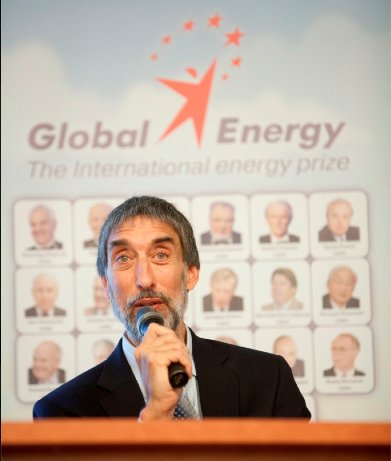 Despite the challenges of the past 12 months, the Science Council for Global Initiatives has continued working to help find solutions to the world’s greatest long-term threats, climate change, pollution, and global poverty. While we fell far short of our hopes for the year, we made progress on a couple of fronts and find reasons to be optimistic about 2021.
Despite the challenges of the past 12 months, the Science Council for Global Initiatives has continued working to help find solutions to the world’s greatest long-term threats, climate change, pollution, and global poverty. While we fell far short of our hopes for the year, we made progress on a couple of fronts and find reasons to be optimistic about 2021.
The covid19 pandemic has been a human tragedy of historic proportions. In addition to the widespread loss of life, long-term morbidity, and economic costs, it was a glaring demonstration of our governing institutions’ lack of global perspective and cooperation. It underscores the need for organizations like SCGI. We continued our efforts to educate the public, encourage private enterprise, and advise government leaders.
In late September of 2008, after nearly a decade of research, an investigative author named Tom Blees published a book entitled Prescription for the Planet - The Painless Remedy for Our Energy and Environmental Crises. It proposed a global energy revolution that could ameliorate or eliminate some of the most difficult problems now faced by mankind. Prescription made its entry about a month before American politics entered the Obama era.
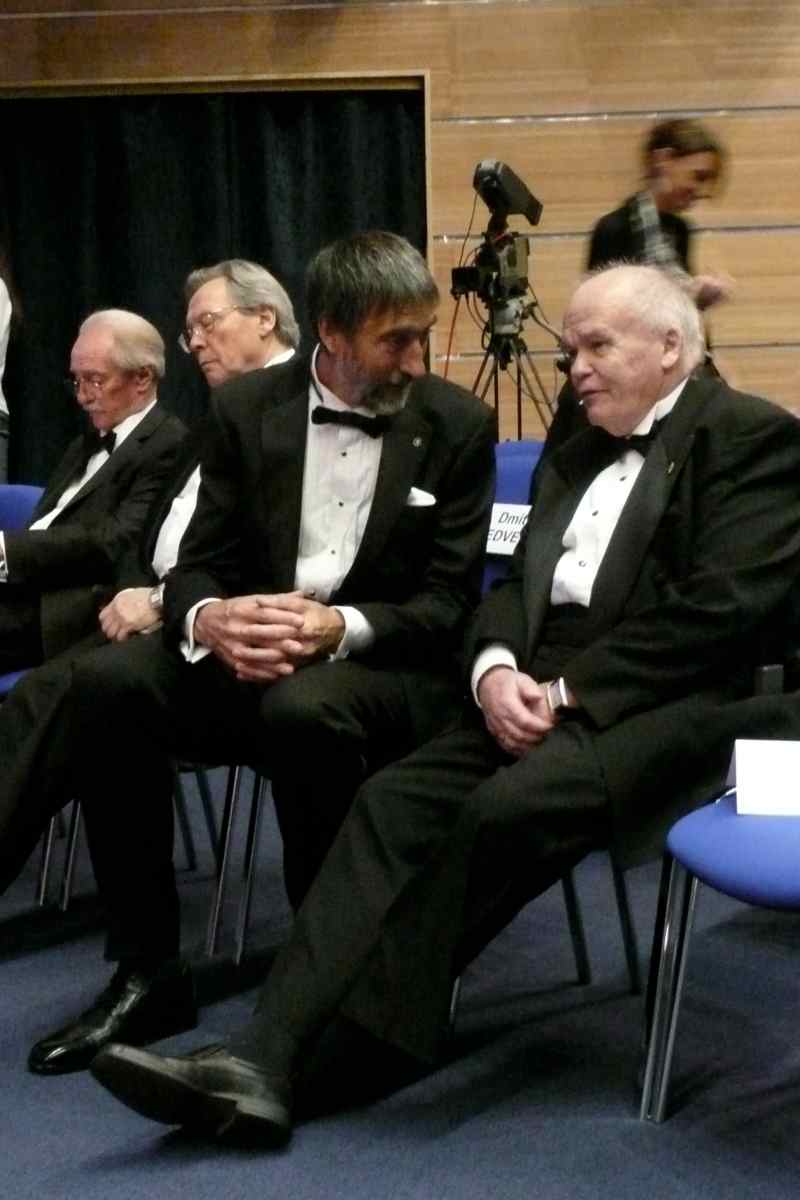 Tom Blees and Evgeny Velikhov confer at the 2009 International Economic Forum in St. Petersburg, Russia.Meanwhile, many people around the world were anticipating what such a political sea change could mean. One of these was a prominent Russian physicist named Evgeny Velikhov, one of that country's most prominent scientists and thinkers who is also very politically involved. Dr. Velikhov had been contemplating how the ascendancy of Obama and Medvedev at this crucial time might enable their two countries, and the rest of the world, to begin to cooperate on global issues at a whole new level compared to what we'd seen in the past. Up to this point totally unknown to each other, Velikhov and Blees were nevertheless on the same wavelength. The two soon found out about each other. At a December meeting the Russian physicist had arranged between a small group of the two country's scientists, an idea was hatched. It was to form an international organization capable of both educating the public and policymakers and formulating policy recommendations to lead the way out of many of the crises of our time. Thus was born the Science Council for Global Initiatives.
Tom Blees and Evgeny Velikhov confer at the 2009 International Economic Forum in St. Petersburg, Russia.Meanwhile, many people around the world were anticipating what such a political sea change could mean. One of these was a prominent Russian physicist named Evgeny Velikhov, one of that country's most prominent scientists and thinkers who is also very politically involved. Dr. Velikhov had been contemplating how the ascendancy of Obama and Medvedev at this crucial time might enable their two countries, and the rest of the world, to begin to cooperate on global issues at a whole new level compared to what we'd seen in the past. Up to this point totally unknown to each other, Velikhov and Blees were nevertheless on the same wavelength. The two soon found out about each other. At a December meeting the Russian physicist had arranged between a small group of the two country's scientists, an idea was hatched. It was to form an international organization capable of both educating the public and policymakers and formulating policy recommendations to lead the way out of many of the crises of our time. Thus was born the Science Council for Global Initiatives.
As you explore the SCGI web site you will see references to Tom's book which, since it was written for the general public, provides an introduction to many of the concepts that the scientists and other contributors to SCGI will flesh out. Tom is sometimes referred to as a futurist, but he is determined to lose that appellation by working actively with governments and scientists around the world to make that future a present-day reality.
by Tom Blees
The joys of the coming holiday season have been tempered by the recent IPCC report that paints an alarming picture of our planetary condition. The urgency of dramatically reducing global carbon emissions is real, yet few appear to believe that humans will make the seemingly hard choices necessary to meet the Paris 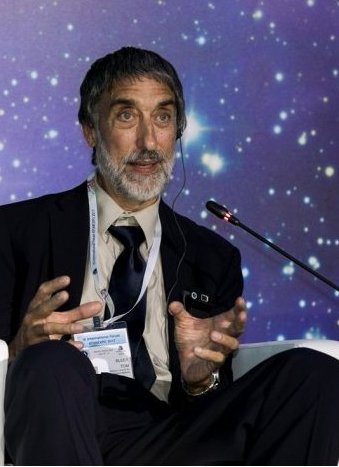 Climate Agreement limits. Seen from the perspective of policy makers, the general public, and even think tanks, the battle seems unmanageable. SCGI, however, is uniquely positioned in the trenches at the front of this battle and we believe that game-changing victories are imminent.
Climate Agreement limits. Seen from the perspective of policy makers, the general public, and even think tanks, the battle seems unmanageable. SCGI, however, is uniquely positioned in the trenches at the front of this battle and we believe that game-changing victories are imminent.
Last month I was invited to attend a nuclear power conference in Mumbai, India. It was a sobering example of what we face. India currently derives less than 3% of its primary commercial energy from clean sources and its “ambitious plans” call for 25% of its electricity to be produced using nuclear power by 2050. Unfortunately, the country’s increase in electricity demand by 2050 will be far greater than this planned growth in clean energy because their current per-capita energy consumption is just a third of the world average and the population is growing. In fact, India is set to become the world’s most populous country by about 2022. In other words, India, the world’s third greatest energy consumer, does not have an energy generation plan that can even pretend to respond to climate change effectively. They are not alone. Neither do most other major nations in the world.
by Tom Blees
In 2017, activities at the Science Council for Global Initiatives (SCGI) reflected our organization’s national and international credibility as we were invited to contribute to conferences and other forums across the country and around the world. Our primary focus has continued to be the promotion of advanced nuclear power systems and international cooperation on energy and climate issues.
SCGI participated in two different conferences hosted by the U.S. Nuclear Infrastructure Council (USNIC), one at Argonne National Laboratory (ANL) and the 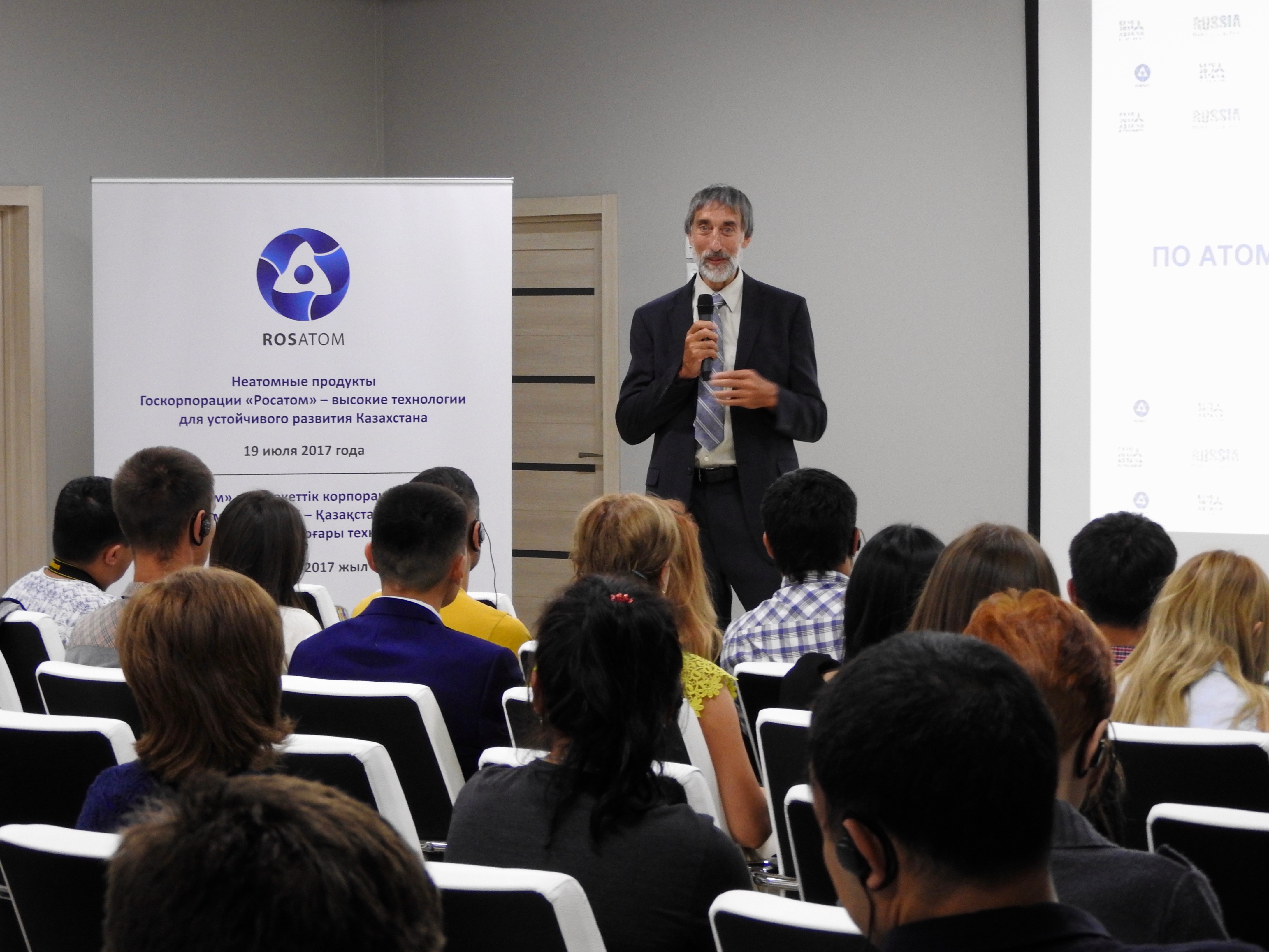 other in Washington DC. USNIC is the country’s leading nuclear business consortium, composed of nearly 100 businesses involved in nuclear power systems worldwide. SCGI president, Tom Blees, presented an overview of molten salt reactor systems at ANL and participated in a panel session on the future of nuclear power at the DC event. The presentation at ANL evolved into a major topic of discussion at the London-based Nuclear Energy Insider’s annual international small modular reactor symposium that took place in Atlanta in March. The concepts were discussed there privately with Representatives from Congress and the Department of Energy and, at the request of one of the Congressional representatives, written up for wider distribution. Prominent nuclear engineers from both national labs and industry reviewed and contributed to this report prior to sending it to parties on Capitol Hill and in the DOE. It has also been posted on our website here to encourage future discussion. The U.S. chapter of Environmentalists for Nuclear Power asked for permission to post it on their website, and followed up with an invitation for Tom to join their international board of advisors.
other in Washington DC. USNIC is the country’s leading nuclear business consortium, composed of nearly 100 businesses involved in nuclear power systems worldwide. SCGI president, Tom Blees, presented an overview of molten salt reactor systems at ANL and participated in a panel session on the future of nuclear power at the DC event. The presentation at ANL evolved into a major topic of discussion at the London-based Nuclear Energy Insider’s annual international small modular reactor symposium that took place in Atlanta in March. The concepts were discussed there privately with Representatives from Congress and the Department of Energy and, at the request of one of the Congressional representatives, written up for wider distribution. Prominent nuclear engineers from both national labs and industry reviewed and contributed to this report prior to sending it to parties on Capitol Hill and in the DOE. It has also been posted on our website here to encourage future discussion. The U.S. chapter of Environmentalists for Nuclear Power asked for permission to post it on their website, and followed up with an invitation for Tom to join their international board of advisors.
by Tom Blees
 SCGI president, Tom Blees
SCGI president, Tom Blees2015 has been a fast paced year for SCGI. Since my last annual report, I have traveled to meetings in Singapore, New York, Washington D.C., Russia, California, Florida, London, Brussels, South Africa and Arizona. We are also involved in projects underway in South Korea, China, Japan, Indonesia and Australia. Around the world, there is increasing awareness of the role of advanced technologies in responding to problems ranging from climate change and ocean acidification to water scarcity and poverty. SCGI has been promoting a number of these solutions since our inception and it has been an exciting and gratifying time to be president of this organization. Here are some of the year's highlights.
The majority of our focus continues to be on nuclear power. The need for massive amounts of safe, affordable and clean energy has led to renewed interest in a variety of designs for nuclear power plants. This past year I spoke on this topic to groups in university lecture halls in South Africa, government policy meetings in Washington DC, Bloomberg's Future of Energy conference in NYC, and Global Energy Prize events in Moscow and Singapore. We continue to be a strong voice for nuclear technology in general and the Integral Fast Reactor in particular. A major step in the advancement of the IFR this year was completion of the design for a 100 ton-per-year pyroprocessing unit - the key step in recycling "nuclear waste" into fuel for fast reactors. This 2 year project at Argonne National Laboratory was promoted and facilitated by SCGI. The work was led by Dr. Yoon Chang, a charter member of SCGI and early leader in the development of the IFR.
by Tom Blees
The past year has been busy and productive. The nature of our work at SCGI often doesn’t allow us to be entirely forthcoming because it often involves consultations with companies and/or governments that are in the midst of negotiations. But I’d like to convey at least a general idea of the progress that’s being made and the promise that the future holds for our goal of promoting an energy-rich planet while addressing the pressing environmental challenges of our time.
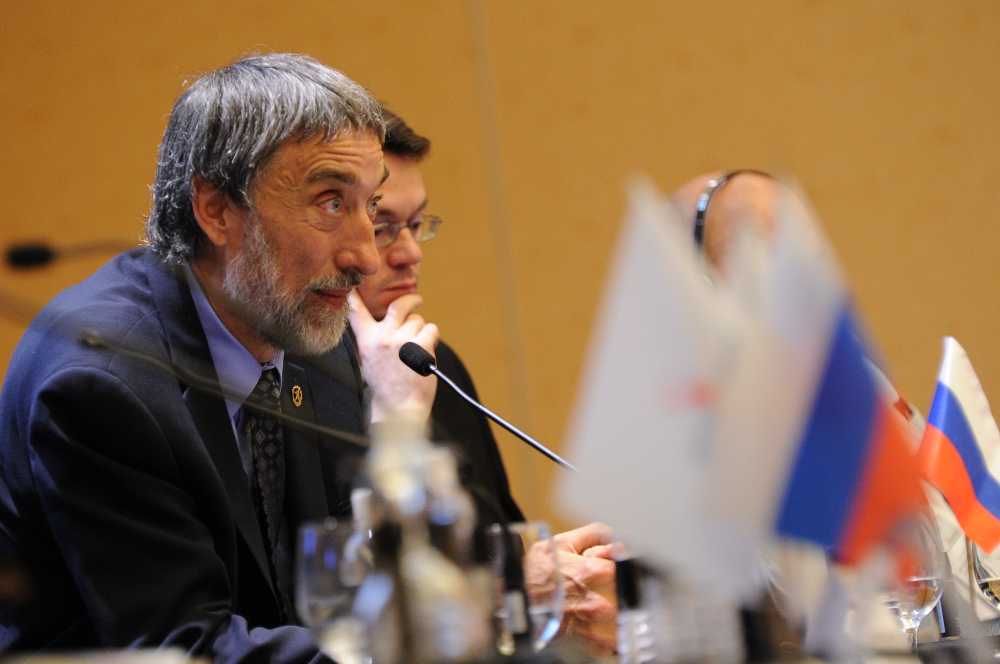 SCGI president Tom Blees speaking at an international oil and gas conference in Singapore in early December at the invitation of the Russian delegation. His topic, despite the setting, was the transition away from fossil fuels to clean energy sources.
SCGI president Tom Blees speaking at an international oil and gas conference in Singapore in early December at the invitation of the Russian delegation. His topic, despite the setting, was the transition away from fossil fuels to clean energy sources.For the past few years we’ve been advising the UK government regarding their plutonium disposition issue. With the world largest inventory of plutonium (about 140 tons), SCGI suggested to the British Nuclear Decommissioning Authority (NDA) that building PRISM fast reactors would be the best solution to their problem. GE-Hitachi then stepped in and offered to build a pair of those reactors and it currently appears to be highly likely that the NDA will choose the PRISM option. If so, it would mean the first commercial-scale metal-fueled fast reactors may well end up being built in England. We continue to encourage cooperation between the US, the UK, and other countries that are interested in this project. 2015 will probably see a final decision being made on this issue.
